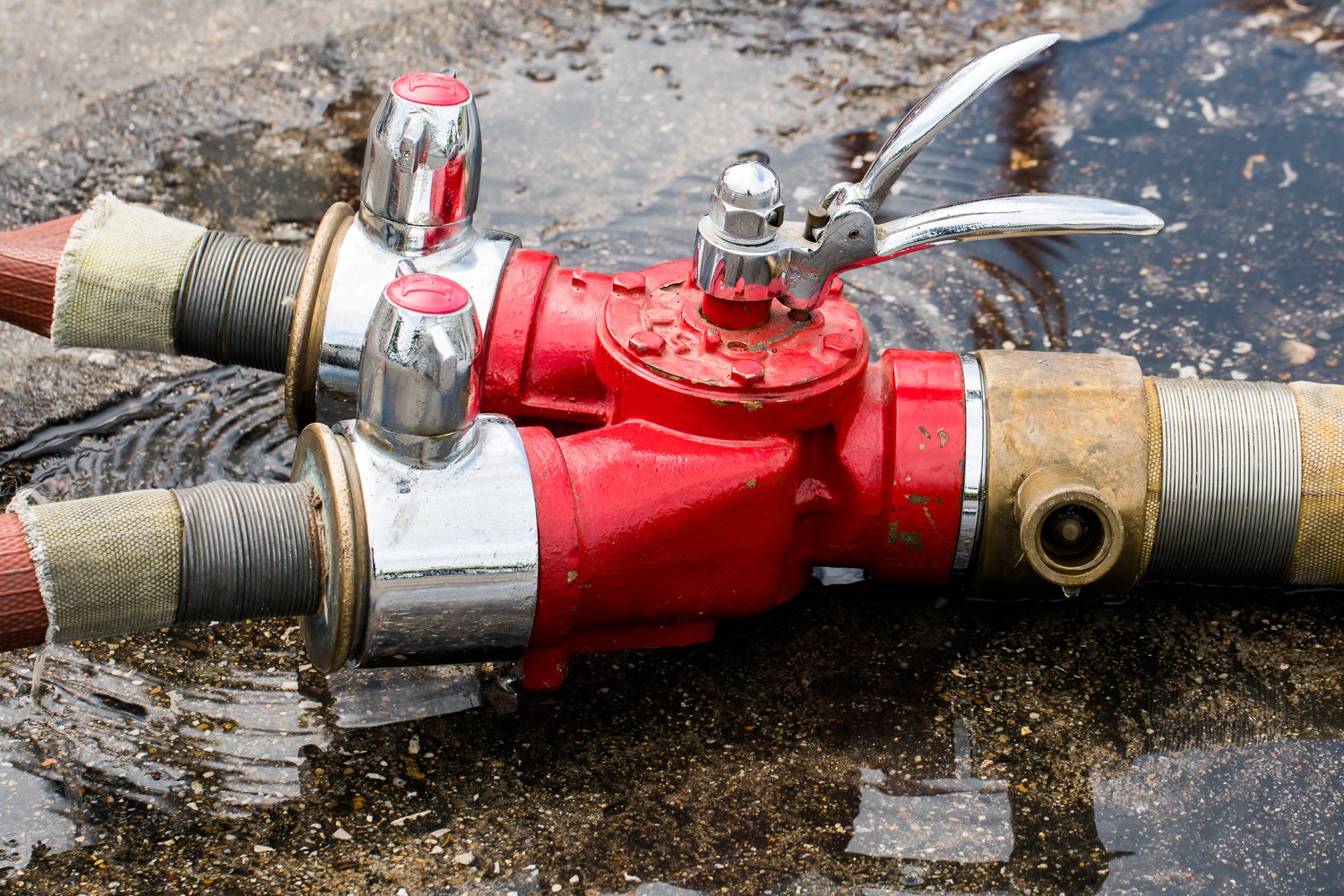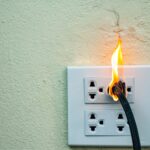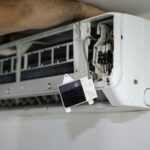Imagine discovering that your drinking water is at risk of contamination due to a plumbing system failure. This is not just a nightmare scenario; it’s a real threat that many homeowners face without even knowing it. A backflow preventer is your first line of defense, ensuring that your water supply remains pure and safe. In this article, we’ve laid out a comprehensive guide that tackles everything you need to know about installing a backflow preventer, emphasizing its importance and providing practical, clear instructions.
- Understand the critical role of backflow preventers in protecting your plumbing system from contamination.
- Discover the essential tools and materials needed to properly install a backflow preventer.
- Follow detailed, step-by-step instructions to install your backflow preventer, aligning with local regulations.
By the end of this guide, you’ll have the knowledge and confidence to protect one of your home’s most vital resources — its drinking water. Explore further to ensure your household stays safe and healthy with proper preventative measures.
Understanding the Importance of a Backflow Preventer in Your Plumbing System
A backflow preventer is a vital component in any plumbing system, ensuring the safety and quality of your drinking water. Without this device, there’s a significant risk of contaminants entering your potable water supply, compromising both health and safety standards.
Backflow occurs when water flows in the reverse direction, often due to significant changes in pressure. This can cause harmful substances from soil, pesticides, or sewage to enter your clean water. Backflow preventers offer a reliable defense against such risks by maintaining a one-directional flow of water, preventing any potential contamination.
Installing a backflow preventer is not merely a regulatory requirement but also a proactive measure to protect public health. By understanding the importance of this device and integrating it into your plumbing system, you contribute to a safer, more reliable water supply for your household or business.
Tools and Materials Needed for Installing a Backflow Preventer
Before embarking on the backflow preventer installation, it’s essential to gather all the necessary tools and materials to ensure a smooth and effective process. Using the right equipment will help maintain compliance with local plumbing codes and enhance the longevity of your installation.
Standard tools required include a pipe wrench and pipe cutter. These tools are crucial for properly adjusting and cutting the pipes to fit the backflow preventer securely. Make sure to have Teflon tape on hand to ensure all connections are watertight and prevent leaks.
Selecting the appropriate backflow preventer model is pivotal. The type of preventer will vary depending on the specific requirements of your plumbing system and the local regulations governing your area. Ensure that your chosen model meets the necessary standards to safeguard your water supply effectively.
By preparing these tools and materials in advance, you streamline the installation process, helping to secure a consistent and contamination-free water flow.
How to Install a Backflow Preventer: Protect Your Drinking Water from Contamination with Step-by-Step Instructions
Installing a backflow preventer is a critical step in safeguarding your drinking water from potential contamination. This guide will provide you with a methodical approach to ensuring your installation is both accurate and compliant with local plumbing regulations. By following these clear, step-by-step instructions, you can successfully integrate a backflow prevention device into your home’s plumbing system.
Firstly, identify the optimal location for the backflow preventer. This should be on the main water supply line, ideally near the water meter for easy access. Make sure the location is compliant with local plumbing codes and easily accessible for future maintenance.
Next, turn off the main water supply to your home. It’s essential to relieve any residual pressure from the system to ensure a smooth installation. Open a faucet at the highest point in the house and one at the lowest point to drain the remaining water in the lines.
Prepare the installation site by cutting the main water supply line. Use a pipe cutter to ensure a clean and straight cut. Measure and mark the appropriate length of pipe that needs to be removed to accommodate the backflow preventer.
Install the backflow preventer by following the manufacturer’s instructions. Make sure the device is oriented correctly, as indicated by the direction of the water flow. Connect the cut pipe ends to the inlet and outlet of the backflow preventer, ensuring all connections are secure and leak-free.
Once the backflow preventer is in place, slowly turn the main water supply back on. As the water begins to flow through the system, check for any leaks around the installation area. Tighten connections as necessary until the system operates smoothly without leaks.
Finally, test the backflow preventer to confirm its proper functioning. Engage a certified plumber if any issues arise or if local regulations require professional verification of the installation. Regular testing and maintenance are crucial to maintaining the efficacy and longevity of the backflow prevention system.
By diligently following these steps, you ensure that your home’s water supply remains protected from potential contamination, contributing to the health and safety of everyone in your household.
Frequently Asked Questions About Backflow Preventers
What is a backflow preventer?
A backflow preventer is a device installed in plumbing systems to prevent contaminated water from reversing into the clean water supply.
Why is installing a backflow preventer important?
It safeguards drinking water from contamination, protecting your household’s health.
What tools do I need for installation?
You’ll need
- pipe wrenches
- pipe cutters
- the appropriate backflow preventer model
.
Can I install a backflow preventer myself?
Yes, with the right tools and instructions, you can install it yourself, but ensure compliance with local regulations.
How often should a backflow preventer be checked?
Regular annual inspections are recommended to ensure it functions properly.
What are the signs of a failing backflow preventer?
Signs include
- change in water pressure
- visible leaks
- unusual noises
.





